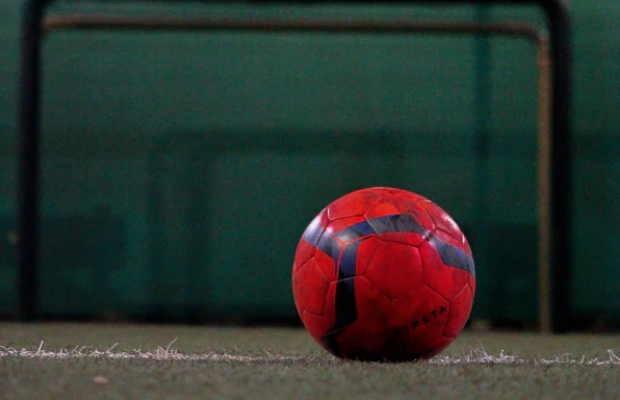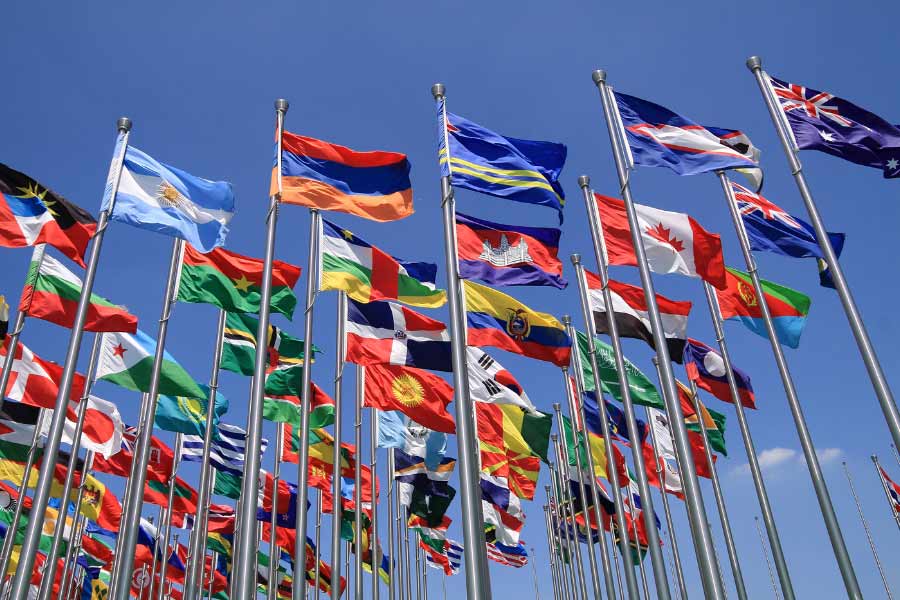Women’s World Cup 2019: Finals in France

The format
Twenty-four teams have qualified for the eighth edition of Women’s World Cup, which kicked off in Paris on 7th June with the hosts striding to a 4-0 victory over South Korea. The competition runs for a month in its entirety, coming to a close on Sunday 7th July at the spectacular Groupama Stadium. Attendances of upwards of 59,000 are expected for the final at the home of Olympique Lyonnais, which hosted last year’s Europa League final and has been confirmed as a venue for the 2024 Summer Olympics.

The favourites
The United States are the defending champions following their victorious campaign in Canada in 2015, which in conjunction with their current number one ranking solidifies them as a driving force in this year’s competition. Olympic champions Germany will provide strong competition, along with the current European champions the Netherlands. England are currently ranked number three in the world and under the management of Phil Neville won the SheBelieves Cup in March of this year. The Impressive results against Japan, Brazil and the US that led to the Lionesses success in the cup should instil confidence and we hope that they can bring football home to the UK this summer!
Injury focus; hamstring heartache
Hamstring injuries are the most common injury sustained in football, accounting for up to a third of the time lost from competition over the course of a season. Re-injury rates are also high, with figures as high as 16% being documented in professional football. Once a player has suffered a hamstring injury, they are then at greater risk of re-injuring the muscle again in the future, with the secondary injury often resulting in a longer lay-off. Australia’s teenage prospect Mary Fowler has already succumbed to a hamstring problem in the lead up to the competition and missed their opening game against Brazil.

There are a multitude of factors that can contribute to hamstring injuries; a lack of strength, flexibility, muscular control and conditioning are amongst the most commonly discussed. However, when looking at injuries in international competitions at the end of a long season, variables such as fatigue and recovery likely play a significant role. The hamstring is usually injured when accelerating, decelerating or changing direction when the eccentric (lengthening) forces in the muscle are extremely high.
What can we do?
In the off-season and between games during the season, injury prevention programs can be used to try and reduce the players’ risk of injury by targeting some of the factors mentioned above. These programs typically use exercises that work to both strengthen and lengthen the hamstrings simultaneously (as pictured below), with a view to increasing strength, flexibility and general muscular control.


Depending on the volume of fixtures, plyometric (jumping) drills may also be introduced to condition the muscles for more explosive movements

In addition to the work in the gym, it’s important that the training the players do on the pitch prepares their hamstrings for the forces of fast-paced, competitive football. This can be achieved by introducing sprint and agility drills into training sessions to condition the muscles for high-speed running and direction changes. As fatigue and overload play a key role in injury and general, many professional teams will monitor the amount of work the players do in each session to avoid any dramatic increases or decreases in training load.
During a competition like the Women’s World Cup that comes at the end of a long season, opportunities to carry out injury prevention will be limited as the focus switches to recovery between fixtures. For our Lionesses to go all the way this summer, they’ll need to recover quickly between games to reduce the chances of picking up injuries. Recovery sessions may involve periods of lower intensity exercise (cycling, walking, swimming) as well as ice baths, sports massage and stretching. That’s not to forget two of the most important factors in recovery – sleep and nutrition! Sleep allows the body to reset and recover, with nutrition providing the fuel for both performance and repair.

We’re backing England to be a huge success in this year’s competition and hope they can make it all the way to the final without any injury setbacks! Good luck ladies!
Team Summit
References
Al Attar, W.S.A., Soomro, N., Sinclair, P.J., Papas, E., Sanders, R.H. (2016) ‘Effect of injury prevention programs that include the nordic hamstring exercise on hamstring injury rates in soccer players: a systematic review and meta-analysis’, Sports Medicine, 47(5), pp. 907-916.
BBC., (2019) Fifa Women’s World Cup 2019: All you need to know [Online]. BBC Sport. [Viewed 13th June 2019]. Available from https://www.bbc.co.uk/sport/football/48137701.
Ekstrand, J., Waldren, M. and Hagglund, M. (2016) ‘Hamstring injuries have increased by 4% annually in men’s professional football, since 2001: a 13-year longitudinal analysis of the UEFA Elite Club injury study’ British Journal of Sports Medicine, 50, pp. 731-737.
Zambaldi, M., Beasley, I. and Rushton, A. (2017) ‘Return to play criteria after hamstring muscle injury in professional football: a Delphi consensus study’, British Journal of Sports Medicine, 51, pp. 1221-1226.
*Images courtesy of Google Images*



